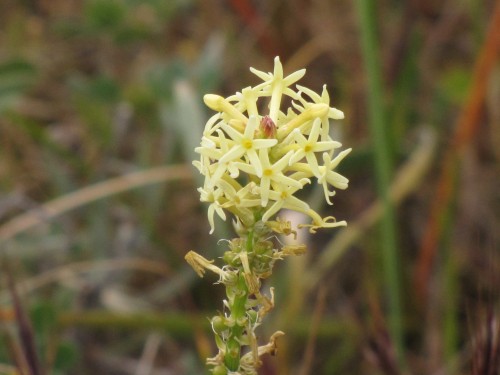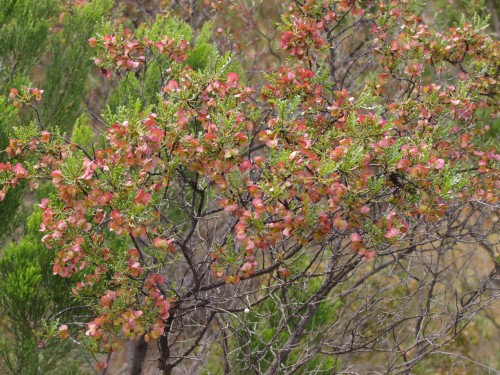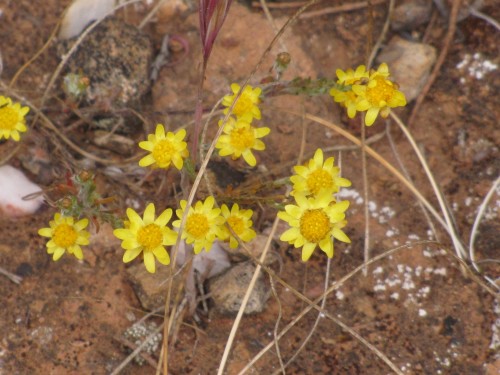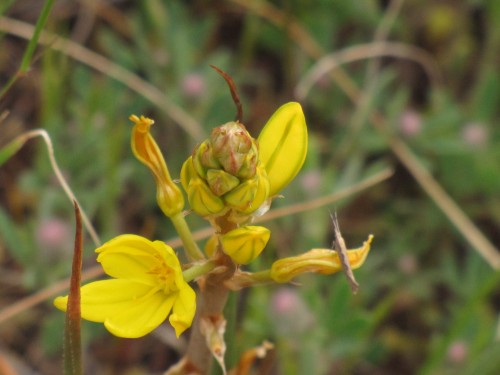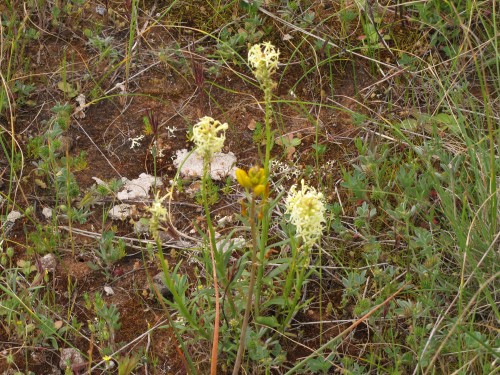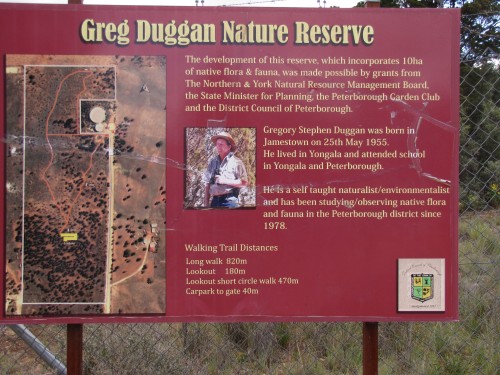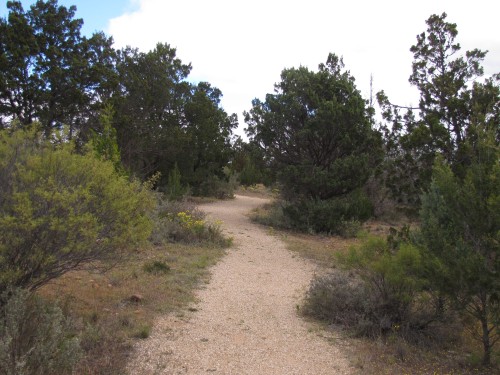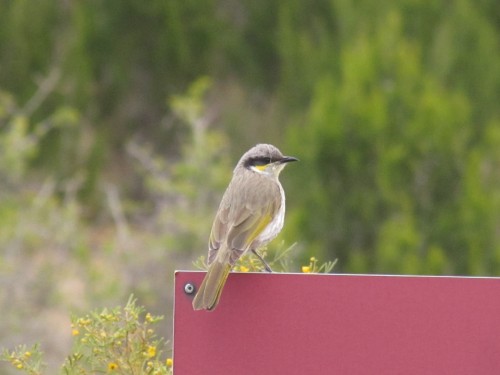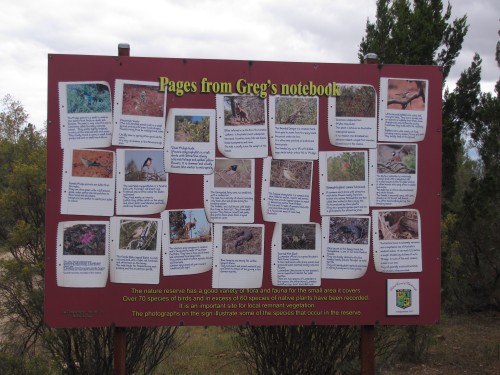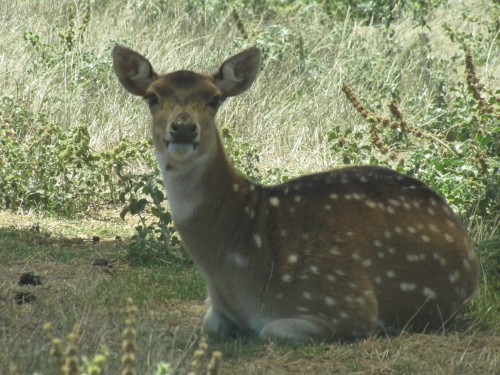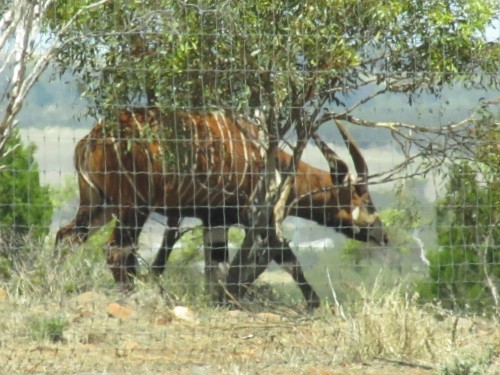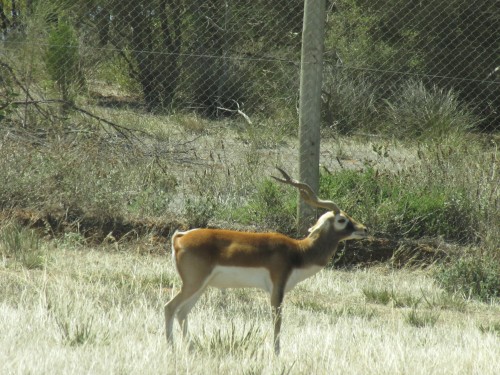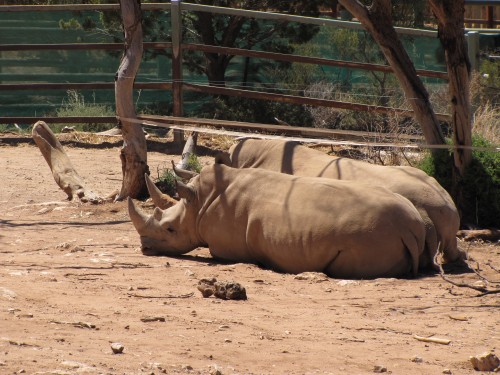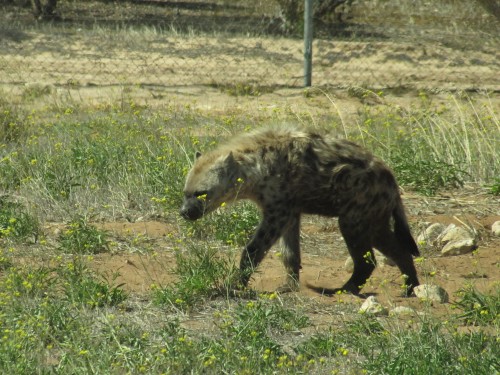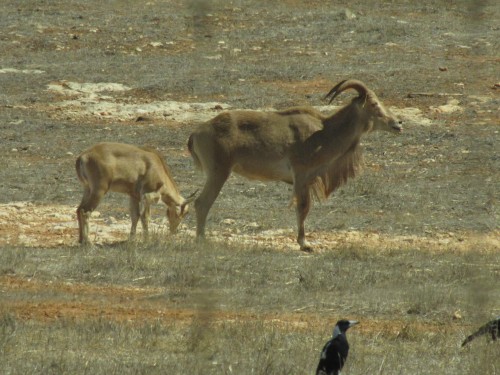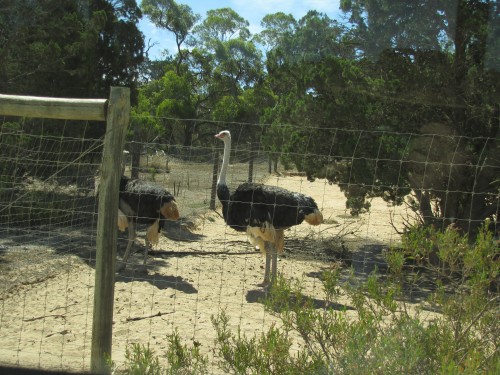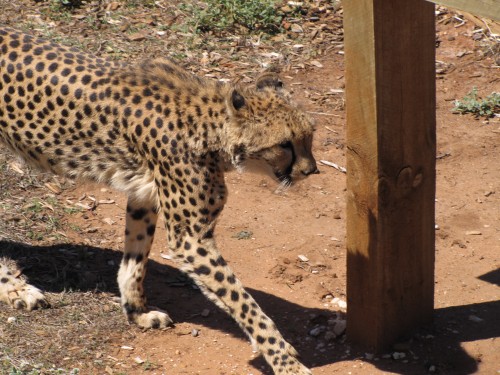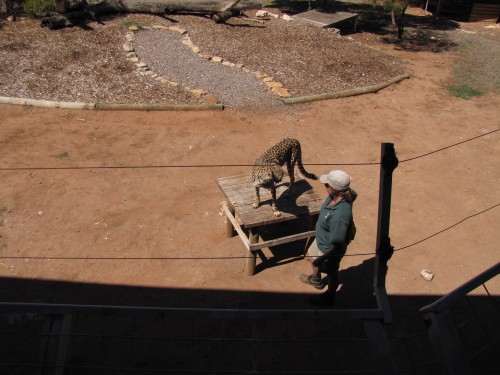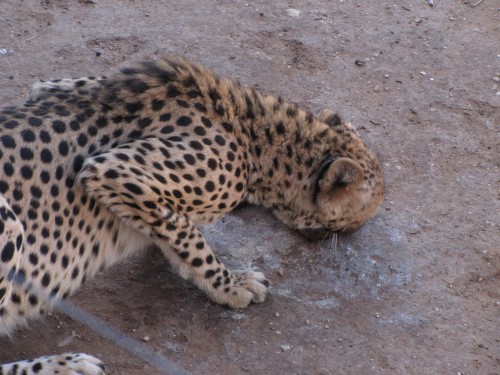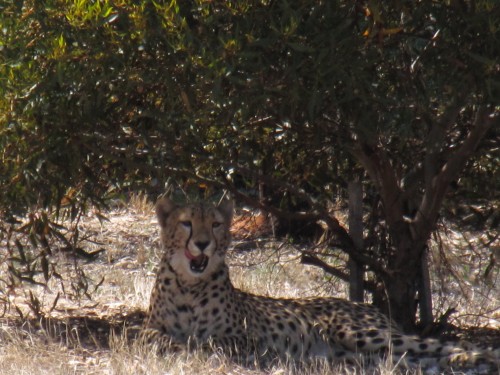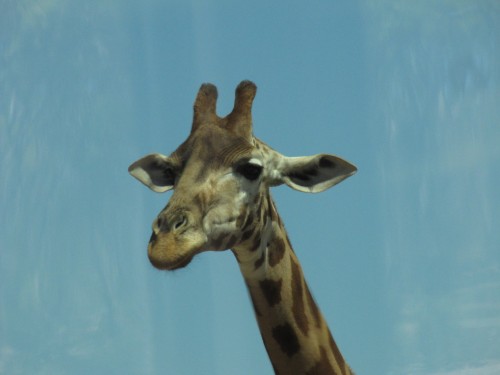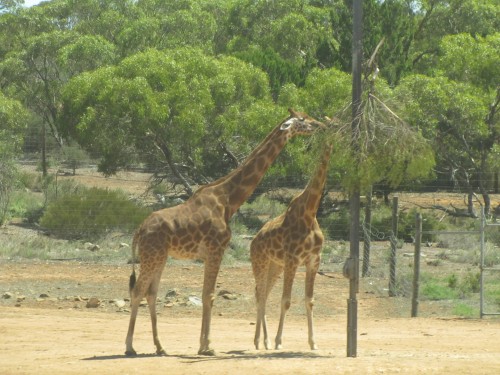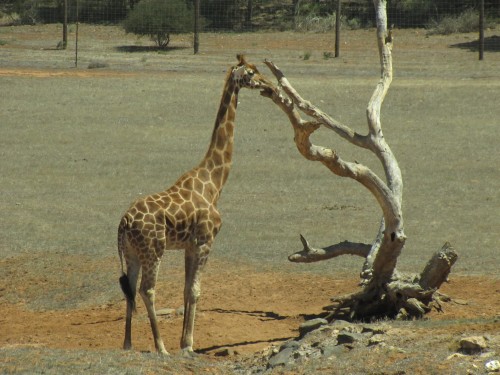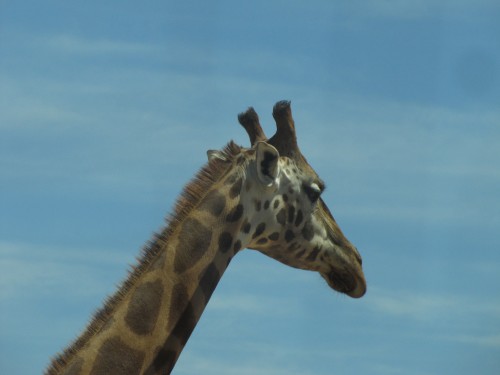Wildflowers in the Greg Duggan Nature Reserve
The Greg Duggan Nature Reserve is on the northern edge of Peterborough in the mid-north of South Australia. For those visiting the town it is well worth spending a hour or so wandering through this park, especially in late winter and early spring. The photos I feature on today’s post here were all taken in mid-September.
The walking tracks through the reserve are all smooth and well maintained and provide easy walking, as well as wheelchair access. In the centre of the park there is a lookout which has wheelchair access. The lookout has excellent views over the town.
The reserve is named in honour of local council worker Greg Duggan. He is a keen naturalist with a life-long interest in birds and other fauna, as well as local plant species. Some of the plants found in this reserve are rare and endangered.
The reserve is home to a wide range of local flora and fauna, with several species of Native plants found there being extremely rare in South Australia. These plants are Mallee Hop-bush (Dodonaea subglandifulera – Endangered), Two-bristle Greenhood (Pterostylis biseta – one record only) and Ashy-haired Swainson-pea (Swainsona tephrotrich – Rare).
On my visit to the reserve last year I was able to capture a number of photos of the range of plants in flower. Some of these are shown below and others I will post in the coming days.
To learn more about Australian native plants you can access my wife’s site Mallee Native Plants here.
Greg Duggan Nature Reserve
On a visit to stay with family in Peterborough, South Australia last year I took out a hour or so to go birding. Many years ago I had experienced some excellent birding near Tank Hill at the end of Government Road. On this occasion I was delighted to see that the area had been made into a dedicated reserve in honour of local council worker Greg Duggan. The sign above is at the beginning of the walking track.
While I didn’t manage to see many birds on this occasion I was delighted to get photos of some of the local plants in flower. I will share these over coming days so I invite readers to come back soon. Meanwhile, just a little background information about Greg and the reserve:
Named after Greg Duggan, one of South Australia’s most gifted, and knowledgeable, amateur naturalists, this 10 acre Reserve is home to a wide range of local flora and fauna, with several species of Native plants found there being extremely rare in South Australia. These plants are Mallee Hop-bush (Dodonaea subglandifulera – Endangered), Two-bristle Greenhood (Pterostylis biseta – one record only) and Ashy-haired Swainson-pea (Swainsona tephrotrich – Rare).
The reserve can be accessed from Tank Hill lookout with marvellous views over Peterborough from an elevated observation deck.
Mr Duggan, a Council employee, has dedicated much of his free time during his life to studying the birds, plants and reptiles in the Peterborough District, and has compiled a check list of the many species found locally, and which is available from the Council Office or Visitor Information Centre for a minimal fee.
I did say above that I didn’t see many birds on my visit to the reserve. It started out well with the appearance of a Singing Honeyeater perched on the interpretive sign at the start of the walking track. I’ve included a photo of it below. After that I saw very few birds, but that happens. I was rather cold, late afternoon and I didn’t even hear many birds.
The photo immediately below shows a part of the walking track through the reserve. It demonstrates the diversity of plant life in the reserve. While native pines (Callitris spp) dominate the southern parts of the reserve, there are also plenty of wattles (Acacia spp), hop bush (Dodonaea) and smaller bushes plus a range of native grasses. Sadly a growing number of exotic plants are also present and the weed problem is evident.
Animals of Monarto Zoo South Australia
I enjoy seeing the birds and animals of Australia on my travels around our wonderful country. Wherever possible I take photos of them to share here on this site and on Trevor’s Birding, my site about birds.
But I also love visiting the various zoos around Australia. Whenever I get the chance to do this I take photos of the birds and animals encountered and again share them here or on my other site about birds. Today I feature some of the animals of Monarto Zoo which happens to be a ten minute drive from my home in Murray Bridge.
Monarto Zoo is a part of the Adelaide Zoo, one of our oldest zoos and well known for its conservation efforts in breeding endangered species. The Monarto section opened to the public in 1993 and has developed an international reputation for its conservation efforts. The keepers have been most successful in breeding a herd of Przewalski’s Horses, for example, once listed as extinct in the wild and now reintroduced to their natural habitat and thriving.
I have included a series of photos of some of the animals seen on this latest visit to the zoo, including deer, rhinos, ostrich, black buck and others.
Further reading:
- Trevor’s Birding – my site about Australian Birds
- Monarto Zoo
- Adelaide Zoo
Cheetah encounter, Monarto Zoo
The cheetah is one of the most admired animals on display at the Monarto Zoo in South Australia. Currently there are eight cheetahs in the collection at Monarto. Over recent years they have been very successful in their breeding programme. I applaud this , and is one of the reasons I am a life member of this and Adelaide Zoo (membership covers both zoos). For example, Monarto Zoo has been instrumental in the reintroduction of the Przewalski’s Horse to its natural habitat in Mongolia where it was once listed as extinct.
In its natural habitat the cheetah of Africa is highly endangered, though there are still about 7,000 in the wild. Their numbers are declining rapidly due to a combination of hunting, environmental destruction and disease. I hope that it will never get to the point that the only place to see this amazing animal is in places like Monarto Zoo. Successful breeding programmes go a long way ensuring that this will not happen, but if the worst does happen, there is a viable gene pool in zoos around the world.
I have not experienced the thrill of seeing any of the cheetahs at Monarto at full speed, but one of the tour bus guides once informed us that they are very quick, able to catch the cunning local ravens before they could fly away. This was even in their relatively limited quarters. Their largest enclosure is some 200 metres long, and this seems to be enough to stalk and catch the birds. Any rabbits which have foolishly made it into the enclosure never last more than a few seconds either.
On our most recent visit we timed our visit to coincide with the feeding time of one of the cheetahs, as shown in today’s photos. This individual was hand reared and is therefore quite tame. While it was fascinating to get this close to this cheetah, there are almost daily opportunities to actually interact with the cheetah. (Check the web site for details.)
Further reading:
- Monarto Zoo Cheetahs
- Cheetah interactive at Monarto Zoo
- Monarto Zoo – general information about the zoo
- Adelaide Zoo – South Australia’s main zoo site
Giraffes at Monarto Zoo South Australia
Giraffes always fascinate me. Partly because of their enormous height and partly because of the way they move. As for their height, males can grow to over 5 metres and the view from up there must be quite amazing. Of course it is very handy for grazing on the foliage of trees. At Monarto Zoo in South Australia where I took this series of photos earlier this year, any existing trees in their enclosure have been well and truly trimmed. The keepers try to simulate their natural environment by tying branches at the top of a tall pole (see below). Much easier for the giraffes than stretching down to the ground to eat the grass. With such a long neck, reaching the ground would be a decidedly difficult thing to do.
While visitors to the zoo do not often see the giraffes at full gallop, they can be remarkably agile over short distances considering their great size. Usually I have just observed them gracefully walking, again remarkable considering their size and weight; they weigh over a tonne (1,100 kg). The giraffe breeding programme at Monarto has been very successful over the years and the zoo now boasts the largest herd in Australasia.
Monarto Zoo is one of the largest open range zoos in the world and is a ten minute drive from my home in Murray Bridge. The area was designated many decades ago as a satellite city to our state capital, Adelaide, but plans fell through before any building could commence. The zoo is a part of the world renowned Adelaide Zoo.
Further reading:
- Find out more about giraffes from the zoo web site here
- Monarto Zoo
- Adelaide Zoo
